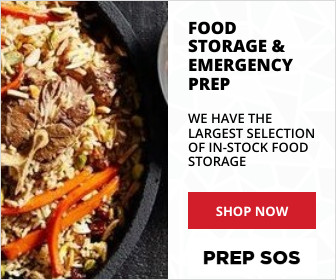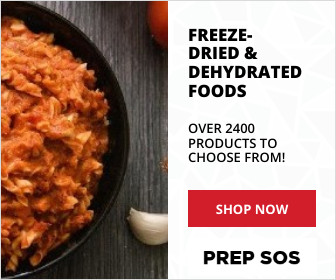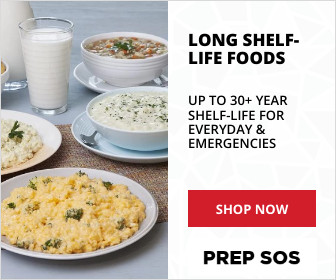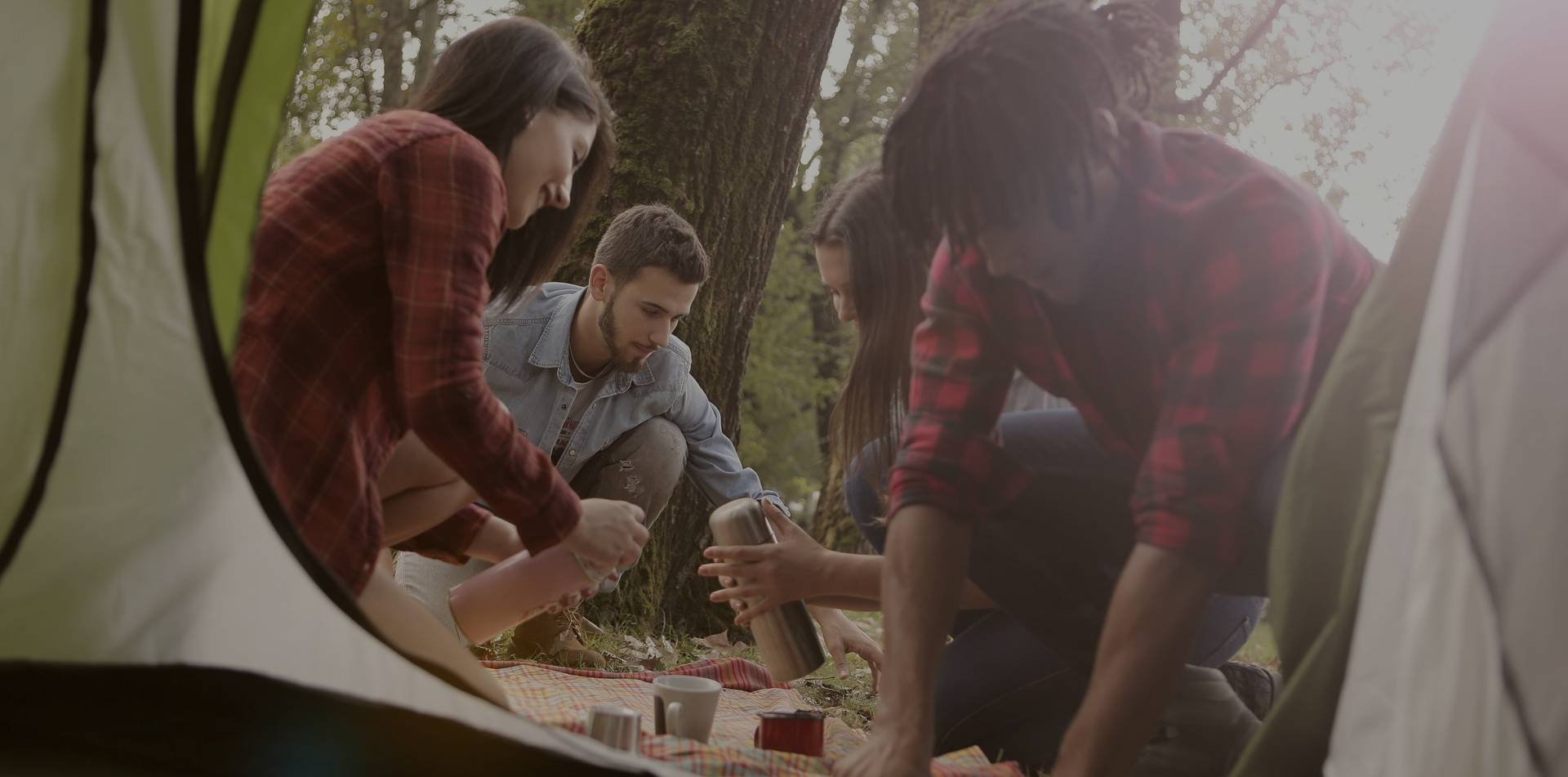
One of the biggest concerns when camping is how to keep your food cold for the duration of your trip. I know this is something that I have dealt with on many a camping trip. In order to have the best experience while camping, you will need to know how to keep your perishable food items cold and safe to eat. This involves several things from choosing a good cooler to knowing how to pack your food. In the following article, I will hopefully answer some of these pressing questions.
So, how can you best keep your food cold while camping? The best thing you can do is find a quality cooler to keep your food cold for a long duration of time.
The cooler you choose for you and your family will depend on your budget, the average length of your camping trips, and several other factors. You’ll also want to know how to best keep your food packed inside your cooler to make it the most effective. These things will help to prolong the life of your perishable food. Let’s talk about some of the best coolers and other tactics to help keep your food cold.
The Right Cooler for You
This is the first and most important step to keeping your food cold during your camping trip. Without a good cooler, you might as well not pack any perishable foods. When searching for the best cooler there are several factors to take into consideration. There are many great coolers out there to choose from. After deciding on your budget and what you want to get out of your cooler, different brands might best fit your needs.
Best Cooler Brands
Following is a list of some of the most popular coolers with campers. This could be an entirely different article topic, discussing all the benefits and drawbacks of certain brands of coolers. But the following list is just a quick overview of some of the top brands.
Yeti
Yeti coolers are some of the best overall coolers. Campers from all over ring their praises. And the hype doesn’t lie in this case. Yeti coolers will keep your food cool for days.
Coleman
Coleman provides the best cooler while on a budget. Half the price of most top-rated coolers, Coleman provides a realistic option for those campers on a tighter budget.
Otterbox
Otterbox offers an extremely durable cooler option. If you know of Otterbox, you know they make some of the most reliable phone cases available on the market. This applies to their coolers as well, built with sturdy latches and seals allowing your food to stay cold and critters to stay out.
Igloo
Igloo coolers have some of the best mobility with a “horizontal telescoping handle” which requires 50% less lifting. This could be great for those who can’t lift heavier things. It’s also great for camping trips where the cooler will need to be moved quite often.
Orca

Orca prides itself on being straightforward and simple. Their design is simple and easy to use which is refreshing when it comes to coolers. There aren’t many flashy or needless additions. Orca keeps it simple.
Pelican
Pelican is another reliable and trusty brand of coolers. They’re great at keeping ice cold and frozen, up to 10 days in most cases. They also have a lifetime warranty which is a big deal in the cooler world.
The Basics of Keeping Your Food Cold
Choose the Right Ice
There are several options for ice to put in your cooler. There are benefits and drawbacks to each. Loose ice isn’t the best as it will melt quickly and cause your food to become soggy and gross.
Large Ice Blocks
- This can be a great alternative to loose ice. You can place them at the bottom and on the sides of your cooler, essentially creating an icebox. These large blocks take much longer to melt, thus being more efficient, especially for long trips.
Dry Ice
- Dry ice is an excellent alternative as it lasts longer than any normal ice. It also keeps your food dry. The downside of dry ice is that it requires very careful handling. If handled wrong, it can burn your skin and damage your cooler. To avoid this, wrap dry ice in newspaper
- Also, note that any food directly next to the dry ice will completely freeze.
Contained Ice
- Another great way to keep your cooler cold is by using frozen water in plastic water bottles or milk jugs. According to Storyteller, you should freeze these about four days before your trip.
- This is also a great way to contain the mess of ice, while also packing back-up water. Once the ice melts, it can be used as drinking water.
Pack Your Cooler Right
Packing your cooler tight and organized is nearly as important as picking the right cooler. When camping, storage space is tight. And any extra air pockets in a cooler can cause the food to warm up quicker. Also, if you pack it right it will keep you from having to rummage around the cooler. The less you have to get into the cooler, the longer it will stay cool.
Storyteller suggests the following process when packing your cooler. This process of course can be altered or adjusted to best fit your needs.
- The first layer should be block/crushed ice. Blocks of ice are better for longer trips.
- Then lay any frozen or cold meat directly on the ice. Meat should be contained in sealed packages so as not to contaminate other foods or the ice.
- If there’s room, add another layer of ice on top of the meat.
- Add dairy products on top of the second layer of ice (or the meat if there wasn’t room).
- Add any other foods that are sealed or contained in their own container.
- The top layer of the cooler should be the food you need most accessible, such as drinks, condiments, sandwiches and snacks.

After you’ve completed packing your cooler, it’s a good idea to pack all of the extra spaces in the cooler with a freeze pack or a smaller bag of ice. This will prevent the cold from escaping and being wasted in an air pocket.
Extra Tips and Tricks
Chill Cooler
Food can stay colder much longer in a pre-chilled cooler rather than a room-temperature cooler. To chill your cooler, fill it with loose ice or ice packs the night before you leave. If you have a big enough deep-freeze freezer, you can even stick the cooler in there. Then just take the cooler out of the freezer or unpack the ice and pack it with your camping food.
Use Freeze Packs
Freeze packs can be great to fill any extra holes or pockets in your cooler. They’re also a great addition to ice as they can last a bit longer than normal ice. Keeping a few of these handy can be extremely beneficial. Another use for them is for any injuries that happen while camping. With freeze packs, you’ll already have an easy solution for someone who needs to ice an injury.
Freeze Your Food
Another great tip is to freeze your food prior to putting it in your cooler. This will allow for your food items to actually act as an extra ice block. Just be sure to give the food time to thaw out before you actually need it.
Bring More Coolers
Depending on the length of your trip, bringing several coolers might be extremely beneficial. You can have one cooler set aside for frequent usage (drinks and other snacks) and another for deep-freeze items like meat and dairy. The more you open a cooler, the less capable it is to keep the food cold. Splitting the food up is a great way to solve this potential issue.
Keep the Cooler in the Shade
This is an essential thing to remember while camping. The cooler should never be sitting in direct sunlight. Set up the cooler in the shade so that it can use that shade to better keep your food cold. Throughout the day, you may need to move the cooler around to avoid the sunlight. My family likes to set up an awning to sit under. We usually keep the cooler under the awning as well to make sure it has sufficient shade for the day. You can even put a dark tarp or blanket over the cooler to help with this.
Add Salt to the Ice
Adding salt actually lowers the melting point of the ice, so this can be great for keeping your food cold while camping. When ice is mixed with rock salt, the melted water actually becomes colder than the ice. This can increase your cooler’s longevity by a lot. Be sure to keep the salt away from the drinking water though, as this could contaminate the drinking water. (Ew, does anyone need to gargle?)
Use Thermometer Inside Cooler
The whole point of keeping your food cold is for food safety reasons. And, of course, to ensure the luxury of a cold refreshing drink. But a thermometer is a great way to ensure that your food is staying cold and safe without a bunch of guesswork.

Cool Tech
Camping has been around for hundreds of years. People want to get out into nature and away from their busy lives. But, for the convenience of many campers, there is more and more tech that can help more people get out into the wilderness. If you’ll be out in nature for an extended period of time, it might save money as well as a hassle to find tech that can improve this experience. This portable car fridge is just one of many pieces of tech.
The car fridge uses your car power/campsite power to keep the items in the fridge cold. And for people like me who don’t completely trust technology to work all the time, it still acts as a great cooler. It can keep items frozen up to 10 hours after losing power.
Be Prepared
If all else goes wrong, and your ice melts and you lose all your perishable food, it’s important to have non-perishable food as a backup. Non-perishable snacks and meals include items such as canned foods, snack bars, protein bars, dried fruits, trail mix, crackers, sandwiches, and more.
I hope this article will help you plan your next camping trip. If you have any age-old tips or recommendations for keeping your food cold, comment them below! Happy trails!


